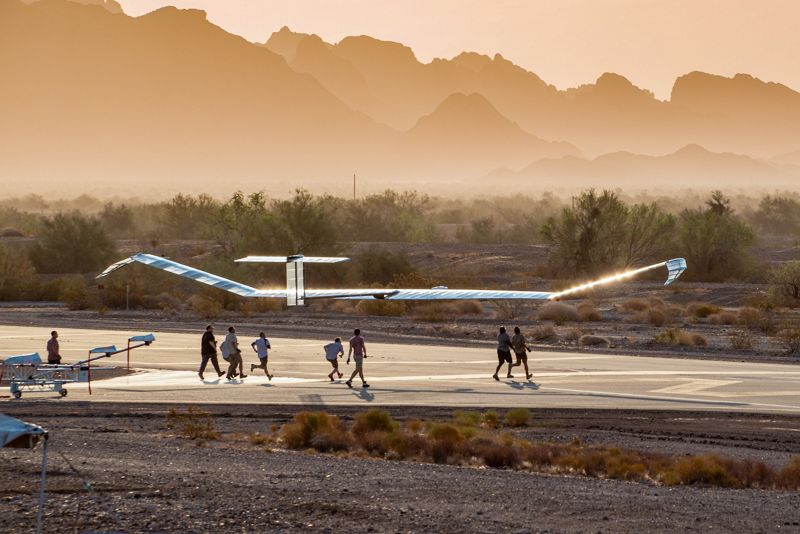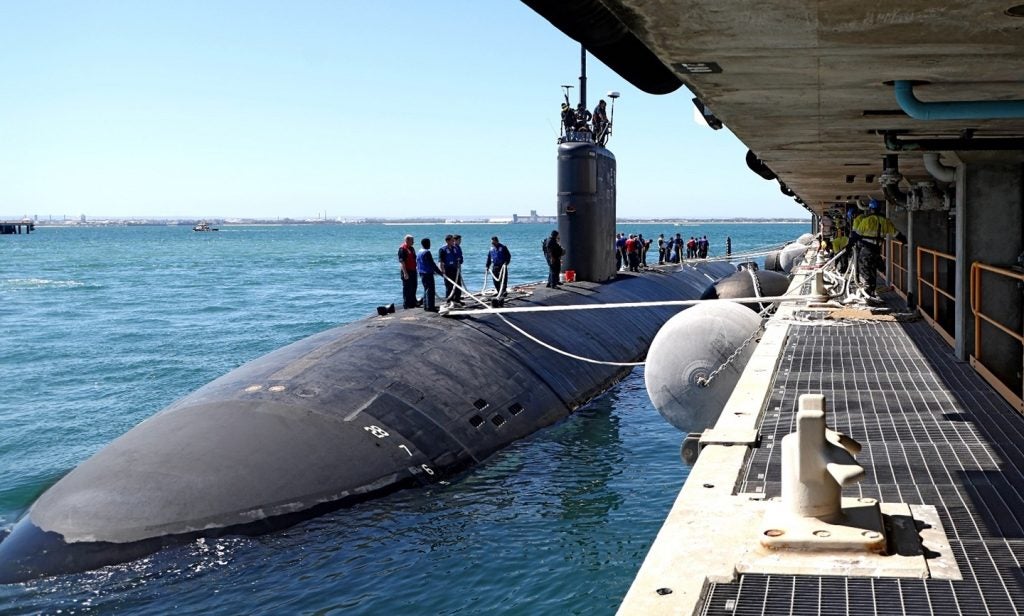
Airbus has announced the completion of two 18-day stratospheric flights of its solar-powered high altitude platform system (HAPS), named Zephyr S.
The test flights in the stratosphere, 76,100ft above the Earth, has achieved a new milestone for altitude after Zephyr touched down on 13 September in the US state of Arizona.
In the demonstration for the UK Ministry of Defence (MoD), the platform showcased its operational capabilities and improved situational awareness.
During the flight test, Zephyr carried an Optical Advanced Earth Observation system for Zephyr (OPAZ) payload.
UK MoD procurement arm Defence Equipment & Support Future Capability Group Head James Gavin said: “Working with Airbus and the Zephyr team during the 2021 flight campaign, significant progress has been made towards demonstrating HAPS as a capability.
“This summer’s activities represent an important step towards operationalising the stratosphere.”
How well do you really know your competitors?
Access the most comprehensive Company Profiles on the market, powered by GlobalData. Save hours of research. Gain competitive edge.

Thank you!
Your download email will arrive shortly
Not ready to buy yet? Download a free sample
We are confident about the unique quality of our Company Profiles. However, we want you to make the most beneficial decision for your business, so we offer a free sample that you can download by submitting the below form
By GlobalDataThe 2021 test flight campaign comprised a total of six flights.
The stratospheric flights add to an additional 887 flight hours to the 2,435 stratospheric flight hours for Zephyr so far.
QinetiQ originally designed the Zephyr in 2003. Airbus later acquired the programme and continued its development.
Airbus Unmanned Aerial Systems head Jana Rosenmann said: “Credible and proven ultra-persistence, stratospheric agility, and payload interoperability underscore why Zephyr is the leader in its sector.
“It is a sustainable, solar-powered, ISR and network extending solution that can provide vital future connectivity and earth observation to where it is needed.”
In October 2019, an Airbus HAPS UAS crashed while on a test flight in Australia.






